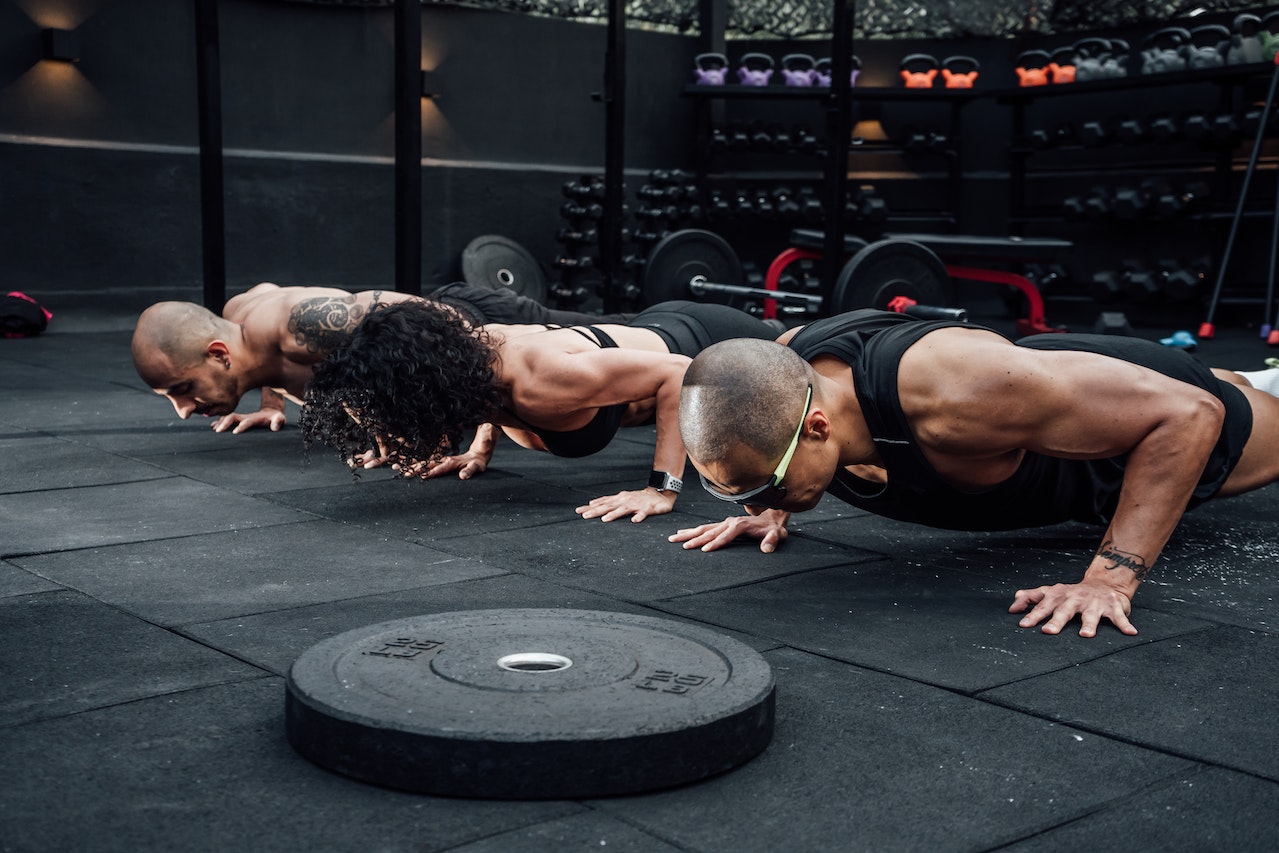
Warming up before lifting or any bout of exercise can be annoying and feel like a waste of time, especially if you don’t really know what you should be doing. Everyone has their own preferred routine, which can make it difficult for people to know exactly what they should be doing.
This is by no means an all-inclusive list of warm-up movements. Think of it more like a guide for how to structure your warm-ups based on what exercises you plan on performing that day.
Let’s first outline the purpose behind warming up.
“Rest and digest” is a common phrase used to describe the state of our bodies while not being physically active.
During that period, most of our blood is centrally located near our vital organs. Blood transports oxygen and nutrients throughout the body to keep everything working like a well-oiled machine. As we start to move, for example, walking or jogging, the heart rate and breathing rate pick up in order to satisfy the needs of our leg muscles.
The same goes for if you start to do push-ups; the chest, shoulders, and arms are all sending requests for more blood.
This could be likened to letting your car warm up before putting it in drive. If you watch your RPMs in the gauge cluster, over the course of a minute or two you will see the needle drop below 1000 RPMs. This allows time for the engine to warm up and oil to circulate throughout. Can you turn your car on and throw it in drive right away? Sure, but it’s probably not good to do that all the time.
Our bodies function similarly. You can get right into a workout, but you’ll notice it’s going to take a few minutes for you not to feel stiff and weak. For this reason, I always stress to my clients that if they’re short on time, pick the most important movements to warm up for their workout. It’s better than nothing. Sometimes just hopping on the stationary bike for five minutes can be better than skipping a warm-up altogether.
So, what should you be doing?
My warm-up routine has changed and shifted over time as I’ve gained more knowledge and experience. Observing what other professionals are doing and seeing what lines up between them as well as staying current on what the research says.
I start by looking at the program I made for my client.
First, look at what major compound movements they will be performing that day and then the accessory lifts.
For example, if our main movement for the day is back squat we want to target the muscles that help support and stabilize those lifts, not just the primary movers. What does that mean?
If we’re squatting, the primary muscles involved in moving our body are the glutes, quads, and hamstrings. But what about the rest of the body while it goes along for the ride? The general population displays common weaknesses across the board in the hips, deep core abdominals and upper back to name a few. It just so happens that these three areas are absolutely essential in order to safely and effectively execute a squat.
I like to give clients a few options for each area and let them pick the ones they feel to be the most effective for them going into a workout.
To warm up our hips we can do exercises like banded clamshells, side lying hip abduction, banded lateral walks, single leg bridges, etc. There are many options, but they all achieve the goal of preparing our supporting musculature to move.
Next is the question of how much volume and resistance should be used.
I have found the most success with high volume and low intensity. Let me explain. Volume refers to the sets and reps, while intensity, in this case, refers to how much resistance you are using.
Our example warm-up will be TRX rows, banded clamshells, bird dogs, and banded shoulder external rotation. For each of those, we will either use body weight or light to medium resistance bands. Our reps will be around 15-25 depending on what you’re able to do. Keeping resistance low allows you to mitigate fatigue while promoting blood flow to the appropriate areas. Since our resistance is low, we increase reps to build up an oxygen debt in the target muscles. 2-3 sets of 15-25 reps should take ~10 minutes or less if you’re efficient with your time.
None of these exercises will be so difficult that you need to rest between sets; that’s not the point of a warm-up. You shouldn’t be completely worn out after you’re done.
To recap, build your warm-up based on the supporting muscles involved in your main lifts for the day. Keep your volume medium to high and your resistance low; you should break a sweat, but not be too tired to complete your workout. Finally, try out different variations of each movement to keep things fresh. Just make sure you’re able to target the appropriate muscle.



